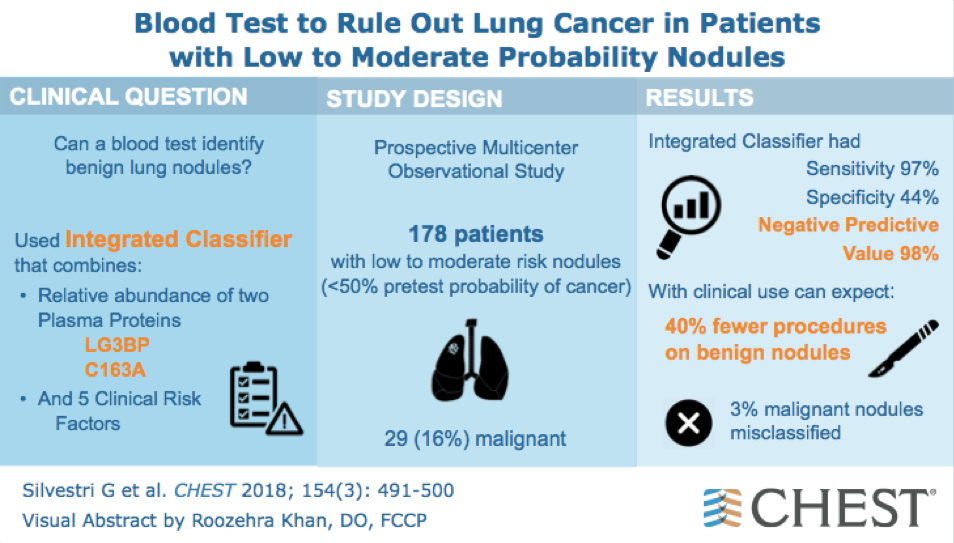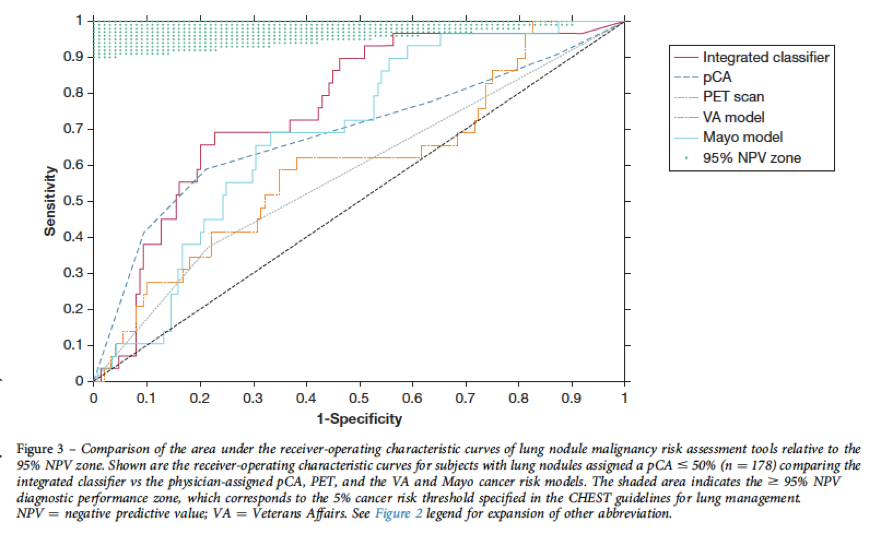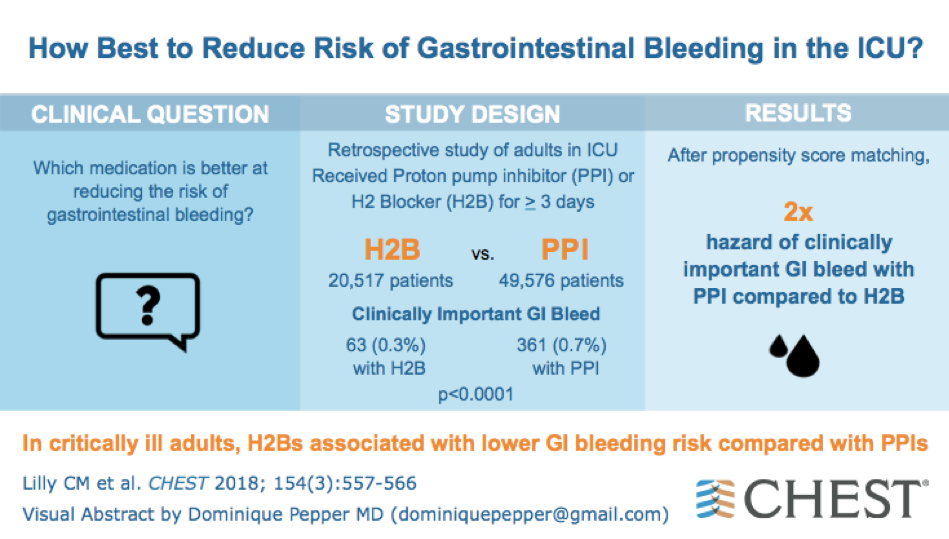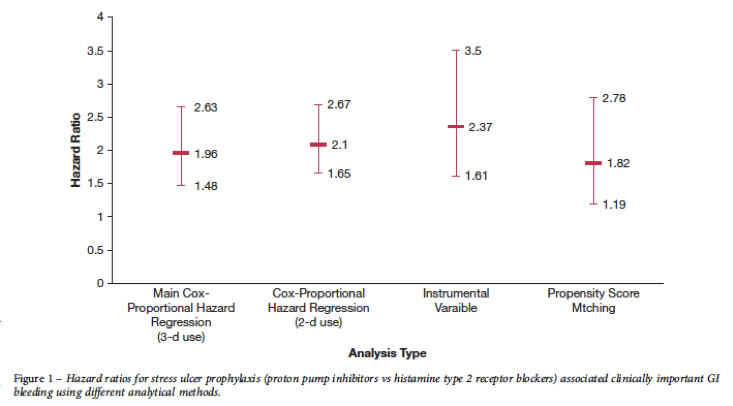Hot in Journal CHEST September 2018
By: Dr. Chris Carroll
September 12, 2018
 Each month, we ask Drs. Chris Carroll and Deep Ramachandran, Social Media Co-Editors of CHEST, to weigh in on the hot topics in CHEST. It's September, so let's hear from Dr. Carroll as he outlines his highlights. After reviewing the issue, be sure to share your hot list on our Facebook wall, tweet with the hashtag #journalCHEST, or discuss in the CHEST LinkedIn group.
Each month, we ask Drs. Chris Carroll and Deep Ramachandran, Social Media Co-Editors of CHEST, to weigh in on the hot topics in CHEST. It's September, so let's hear from Dr. Carroll as he outlines his highlights. After reviewing the issue, be sure to share your hot list on our Facebook wall, tweet with the hashtag #journalCHEST, or discuss in the CHEST LinkedIn group.
It’s September: back to school time! And what better place to learn about the latest in pulmonary, critical care, and sleep medicine than the journal CHEST®! So let’s dive in and explore some of the highlights from the September issue!
Assessment of Plasma Proteomics Biomarker’s Ability to Distinguish Benign From Malignant Lung Nodules: Results of the PANOPTIC Trial

An estimated 1.6 million lung nodules are found each year in the United States. After they are found, patients then either undergo surgical excision, biopsy, additional imaging, or surveillance depending on the probability of malignancy. This risk calculation is imprecise, however, and as a result some patients undergo unnecessary invasive procedures. A more precise method for diagnosing benign lung cancer would be a significant benefit and would reduce the burden of unnecessary procedures in patients.
In this month’s CHEST, Dr. Gerard Silvestri and colleagues, conducted a prospective, multicenter observational trial of patients with 8- to 30-mm lung nodules. The authors tested an integrated classifier, a risk prediction tool that combined five clinical risk factors with the relative abundance of two plasma proteins, LG3BP and C163A. In a cohort of 178 patients with low-moderate risk nodules (and a <50% pretest probability of malignancy), the integrated classifier predicted benign tumors with 97% sensitivity and 98% specificity. Additionally, the classifier performed better traditional risk assessment tools such as PET scans, validated lung nodule risk models, and physician cancer probability estimates (P < .001).

The authors concluded that if used on low-moderate risk nodules, this integrated classifier would significantly reduce invasive procedures. An excellent study! Check it out!
Comparative Effectiveness of Proton Pump Inhibitors vs Histamine Type 2 Receptor Blockers for Preventing Clinically Important Gastrointestinal Bleeding During Intensive Care: A Population-Based Study

Proton pump inhibitors (PPIs) and histamine type 2 receptor blockers (H2Bs) are the main stress ulcer prophylactic agents used in the ICU. However, there are significant questions about which is the most effective therapy, despite large observational studies and a meta-analysis. In a study in this month’s CHEST, Dr. Craig Lilly and colleagues sought to determine what better reduces the risk of clinically significant gastrointestinal bleeding.
The author’s conducted a retrospective study that included 70,093 patients with at least one stress ulcer risk factor and who received either a PPI or a H2B for 3 or more days. Of these, 49,576 received a PPI and 20,517 received a H2B. Four hundred twenty-four patients had a clinically significant GI bleed, 361 (or 0.7%) of those who received a PPI and 63 (0.3%) of those who received a H2B. The hazard for of clinically significant GI bleed was two times higher with PPI than with H2B.

The authors concluded that in crucially ill adults, histamine blockers were better at reducing clinically important GI bleeding than proton pump inhibitors. An important study! Check out the full study in this month’s issue.
Should Computerized Protocols Replace Physicians for Managing Mechanical Ventilation?
And finally, in this month’s CHEST, there is an excellent pro and con debate between Drs. Colin Grissom and Samuel Brown and Dr. Neil MacIntyre about computerized protocols for managing mechanical ventilation. The authors debate whether computerized protocols might better adhere to evidence-based guidelines and thereby improve outcomes. These protocols could go beyond current clinical decision support tools to provide closed-loop protocols. However, clinical decision-making in the ICU is complex, and factors critical to decision-making aren't always easily assimilated into computerized protocols. And even though these tools do not yet exist, this pro-con makes for interesting and informative theoretical discussion! Check it out!